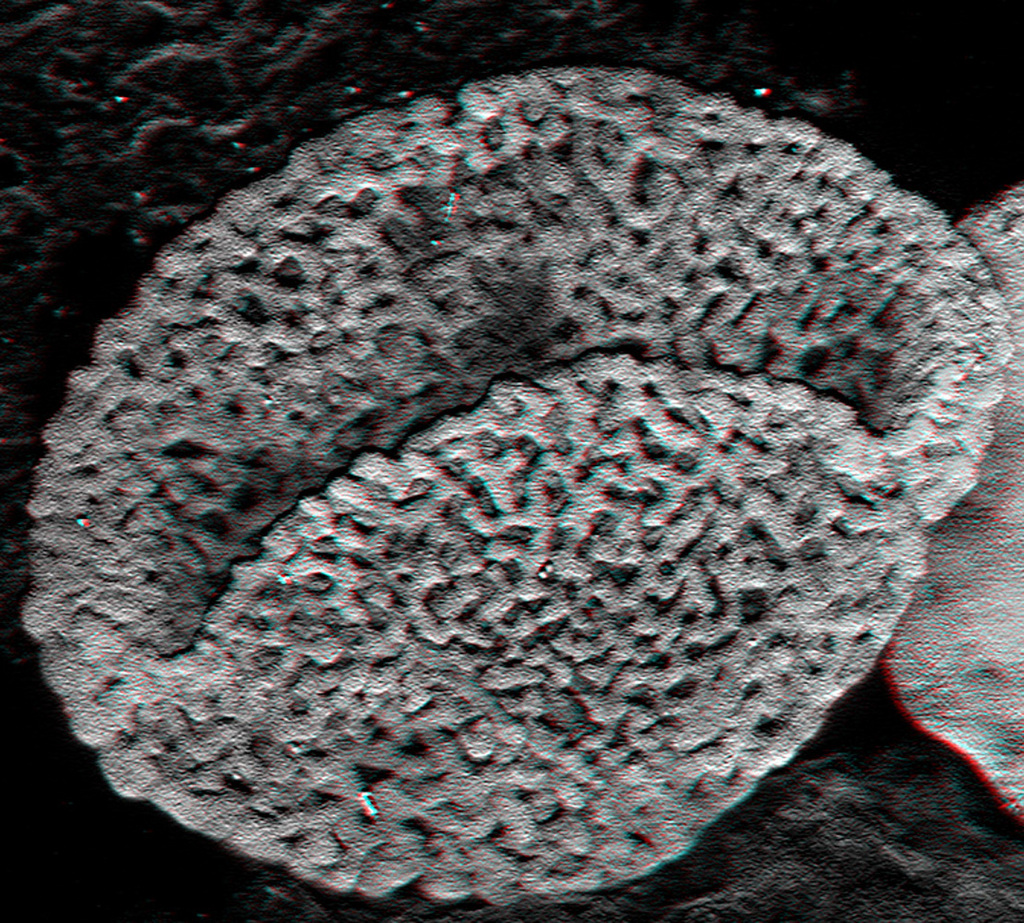Origins of flowering plants may be much older

Flowering plants may have evolved 100 million years earlier than previously thought, researchers from the University of Zurich have found.
It had been assumed that the first flowering plant-like pollen had originated in the Early Cretaceous period, around 140 million years ago. Now scientists believe they have found plant-like pollen from the Early Triassic period (252-247 million years ago) – or even earlier.
The findings, based on drilling cores from Switzerland, have been published in the open-access journal Frontiers in Plant Science.
Flowering plants evolved from extinct plants related to conifers, ginkgoes, cycads and seed ferns and are the most numerous and diverse group of seed-producing plants in existence. The oldest known fossils from these plants are pollen grains, which being small, robust and numerous, fossilise more easily than leaves and flowers.
Many studies have tried to estimate the age of flowering plants from molecular data, but no consensus has been reached. Molecular estimates typically need to be anchored in fossil evidence, but until now there had been no extremely old fossils for flowering plants.
“That is why the present finding of flower-like pollen from the Triassic is significant,” said co-author Peter Hochuli of the University of Zurich in a statement.
Hochuli and colleague Susanne Feist-Burkhardt from the university’s Paleontological Institute and Museum studied two drilling cores from northern Switzerland and found “beautifully preserved” pollen grains that resemble fossil pollen from the earliest known flowering plants.
Using confocal laser scanning microscopy, they obtained high-resolution, three-dimensional images of six different types of pollen.
Convincing evidence
In a previous study from 2004, they had found different but clearly related flowering plant-like pollen from the Middle Triassic in cores of the Barents Sea, south of Spitsbergen in Norway. The newest samples were found 3,000 kilometres south of this site, adding to the evidence that flowering plants could have originated much earlier than thought.
“We believe that even highly cautious scientists will now be convinced that flowering plants evolved long before the Cretaceous,” Hochuli said.
The Triassic period began after the worst mass extinction ever on earth. Life took a while to recover and diversify and eventually the very first dinosaurs and mammals evolved. The period ended with another mass extinction event, the causes of which remain unknown.
These primitive flowering plants would have been growing in a subtropical environment in the Middle Triassic, with the area of Switzerland in a much drier region than that of the Barents Sea. This implies the plants had a broad ecological range, the statement said.
The pollen’s structure suggests that the plants were pollinated by insects, most likely by beetles, researchers say, as bees would not evolve for another 100 million years.

In compliance with the JTI standards
More: SWI swissinfo.ch certified by the Journalism Trust Initiative
You can find an overview of ongoing debates with our journalists here . Please join us!
If you want to start a conversation about a topic raised in this article or want to report factual errors, email us at english@swissinfo.ch.